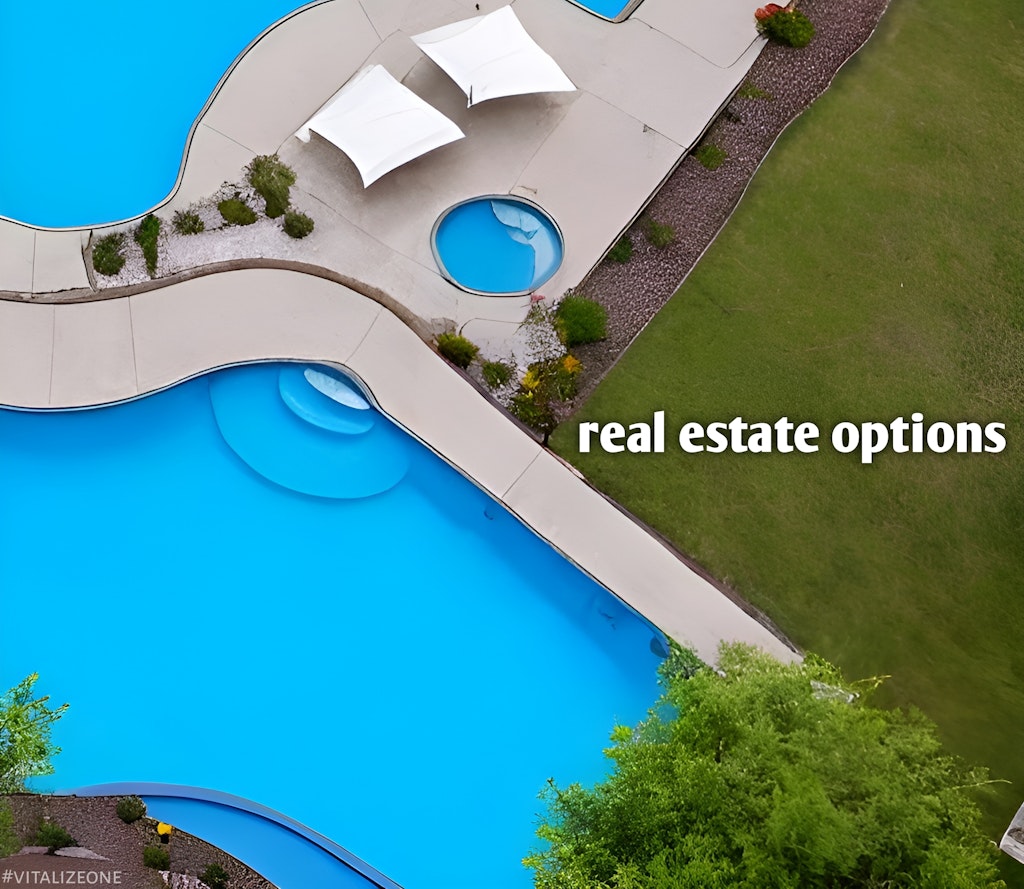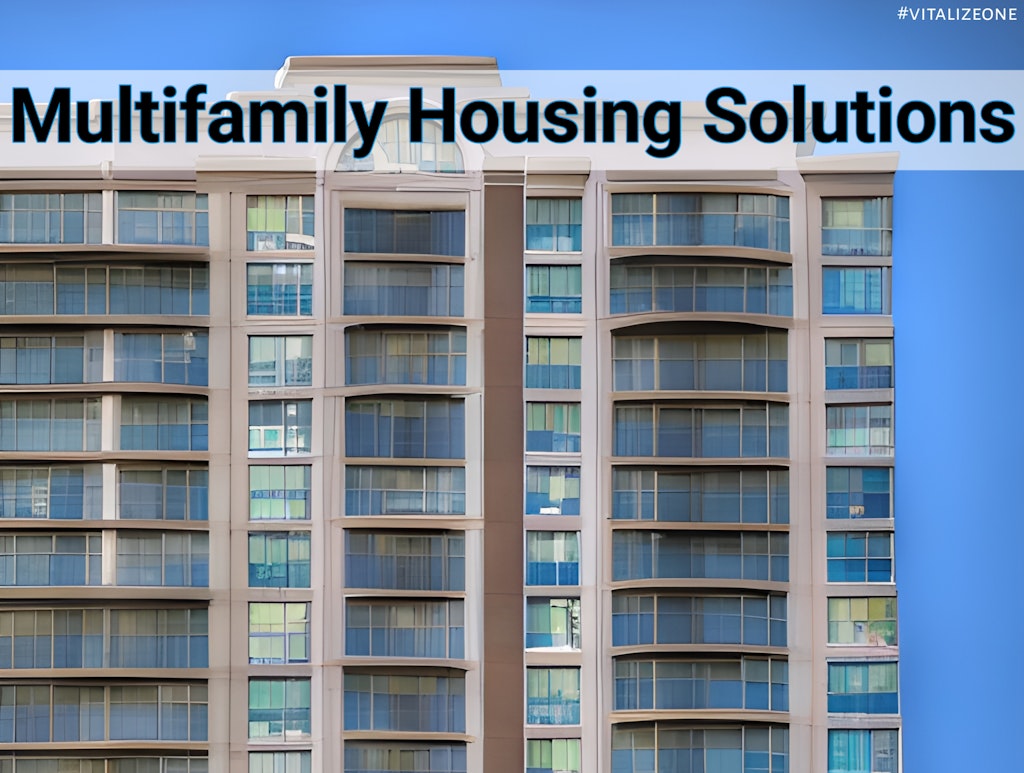|
Getting your Trinity Audio player ready... |
When it comes to increasing sustainability in your home, there are many options you can choose to help you reduce your consumption and make your home more environmentally friendly.
These days, more and more homes are becoming greener, leading to an increase in LEED-certified homes; there are over 400,000 LEED-rated units in the US alone.
If you’re concerned about your energy consumption and want to make more ethical and general updates to your home, these topics could be exactly what you’re looking for.

Solar Panels
Contrary to popular belief, your home doesn’t need to be located in a sunny climate all year round to benefit from solar panels. If you are located in California or Florida, for example, then your solar panels can not only reduce your bill but potentially earn you credit back from your supplier, too, as they will buy the energy back from you.
But, you can add solar panels to your home wherever you live. Solar systems for your home can cost anywhere from $6,000 to $24,000, including installation, depending on the size of your home, and eligible residential properties benefit from a 30% federal solar tax credit, too. The average homeowner can save around $42,000 over a 25-year period on their electricity bills (the exact amount will depend on your energy usage, the cost of electricity in your area, and the amount of power you generate.
Evaporative Coolers
Evaporative coolers or swamp coolers are an eco alternative to having an HVAC installed, and they are ideal for homes, trailers, vans, commercial premises, and more. They work by letting the air over water-saturated pads, and as the air passes over the pads, it collects moisture, which cools down the air. Once passed through, the air can drop anywhere from 15 to 40 degrees Fahrenheit. When using an evaporative cooler such as the one from Affordacool, you need to keep the window open to allow warm air to escape and cooler air to circulate the room.
Typically, the units are more affordable than HVAC systems and greener due to the lack of refrigerant coolant used to cool the air, and they use significantly less energy to run, thus reducing their carbon footprint.
Insulation
You shouldn’t underestimate the energy insulation you can save each year. The more energy leaks from your home, the more energy you will need to get the temperatures you want inside. Your energy consumption and bills will reduce your carbon footprint.
You want to look at all the different types of insulation you can have for your home to increase its energy efficiency. You can get underfloor insulation, cavity walls, roof and loft insulation, solid wall insulation, and draft-proofing for ducts, windows, and doors.
To increase your green credentials, you can opt for eco-friendly materials such as wood fiber, hemp, and straw. You can also use sheep’s wool, recycled materials, cellulose, and cork.
Insulation is vital for any home, not just those looking to boost their eco-friendly properties. Did you know 25% of your home’s energy is lost via the roof? And up to one-third can be lost via windows and doors that aren’t properly sealed.
There are so many ways you can increase your home sustainability; these three options are some of the best choices for major improvements and changes to help you reduce your energy consumption.


















